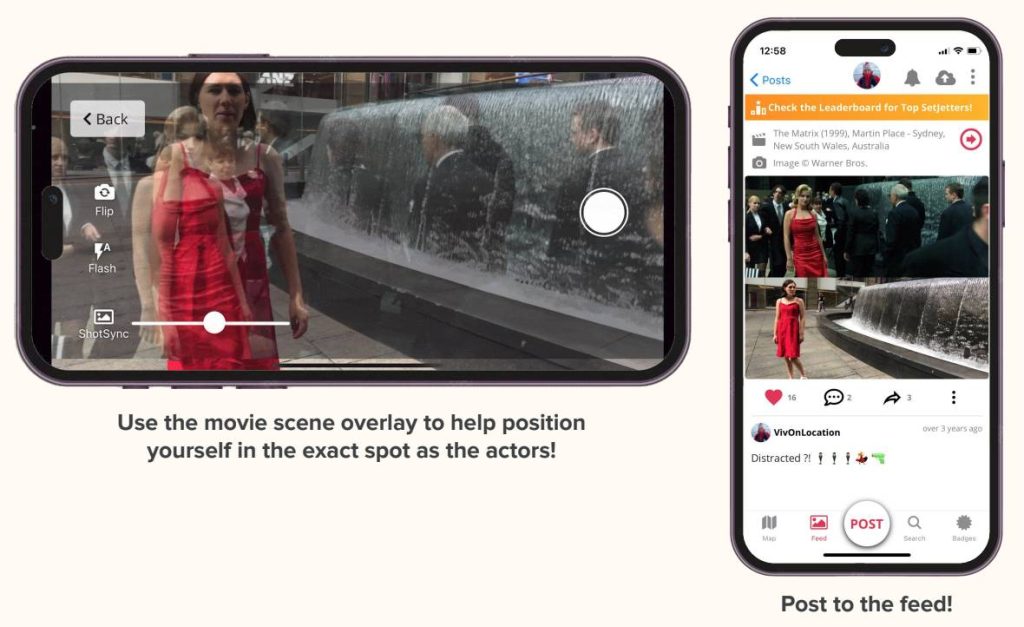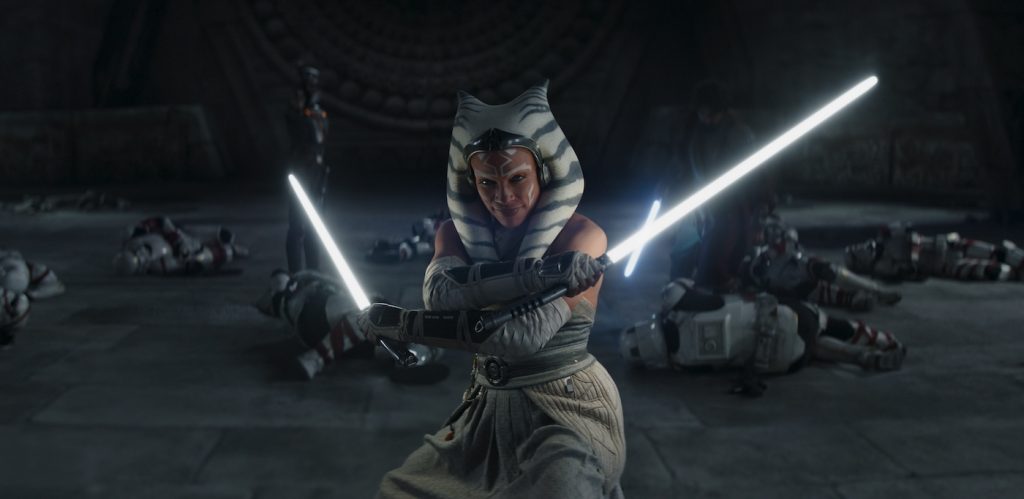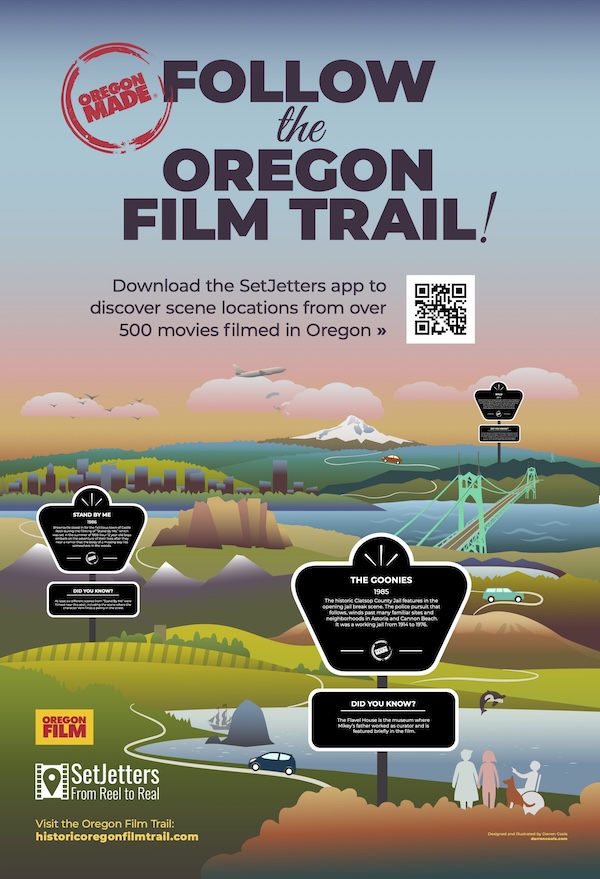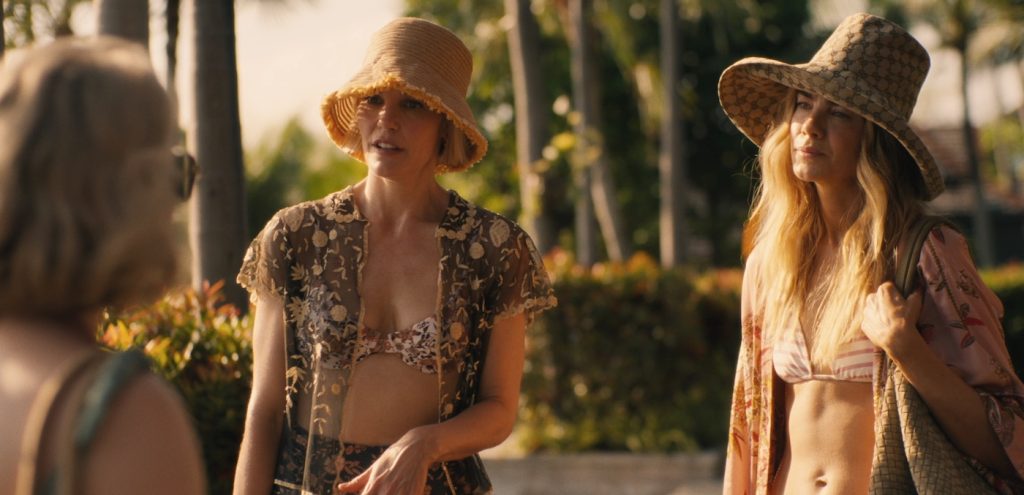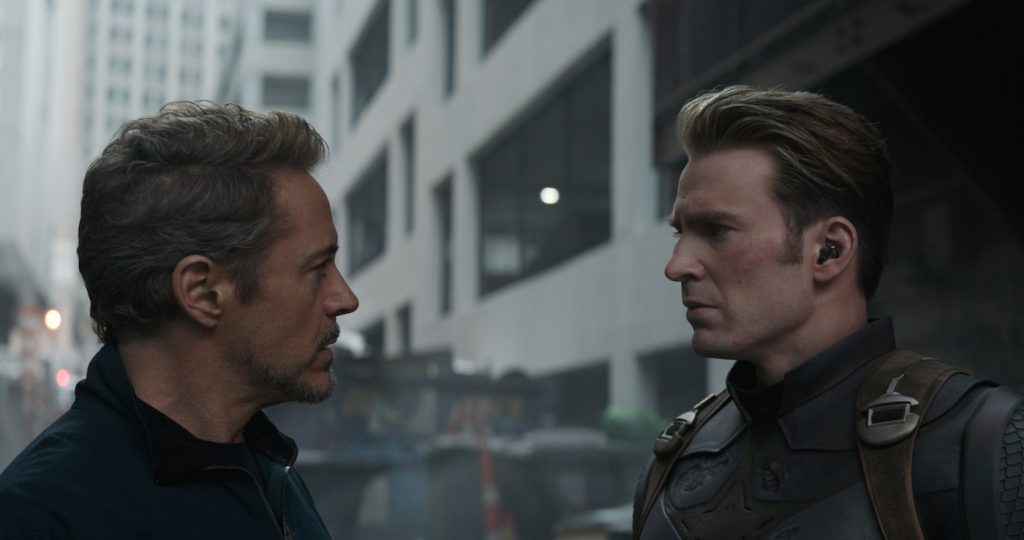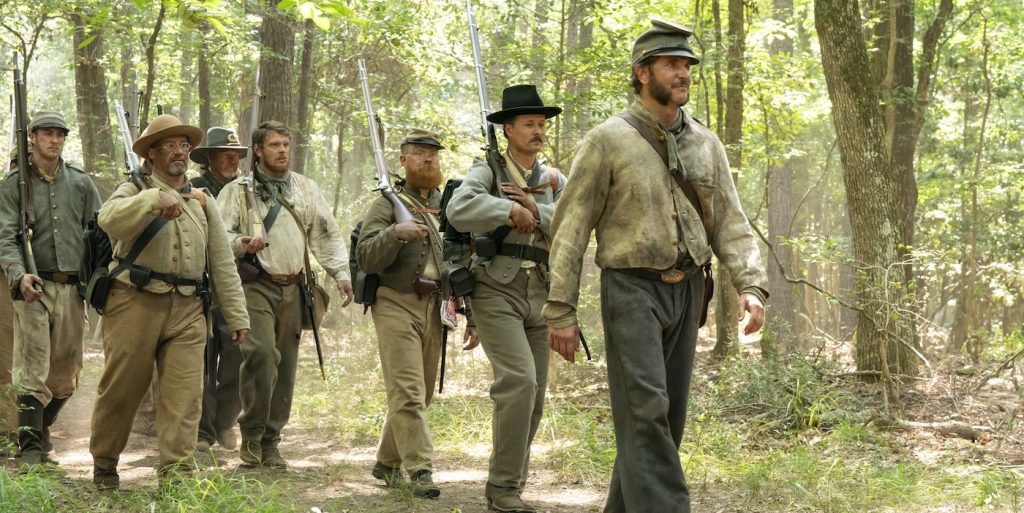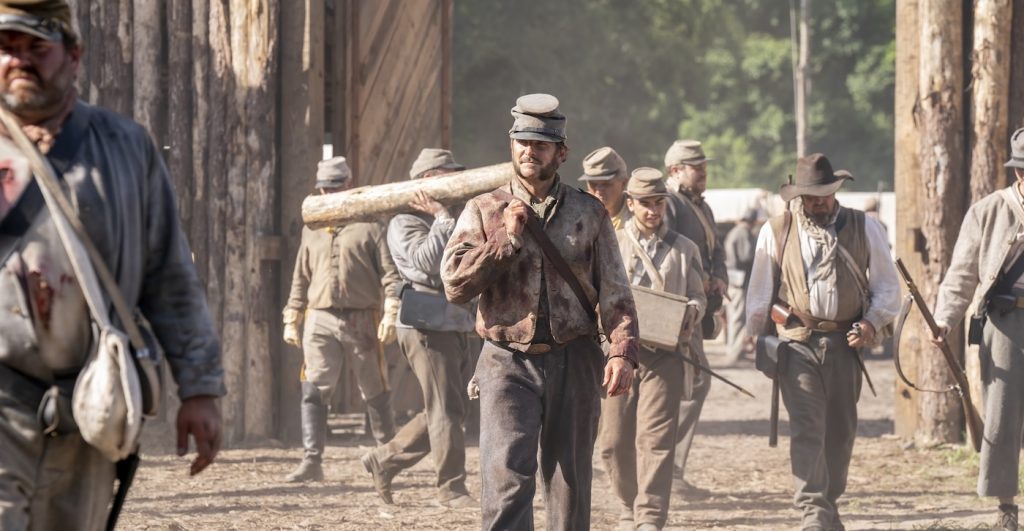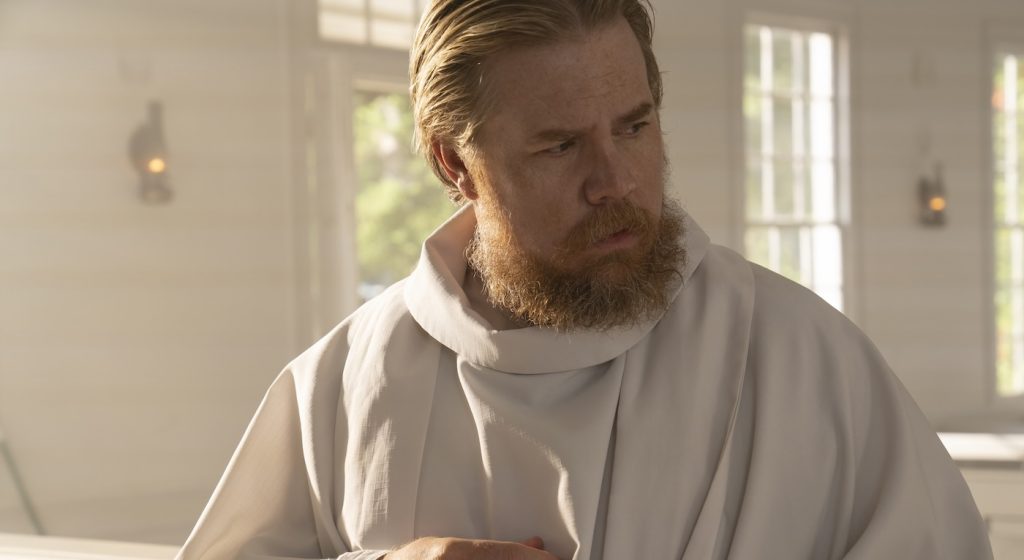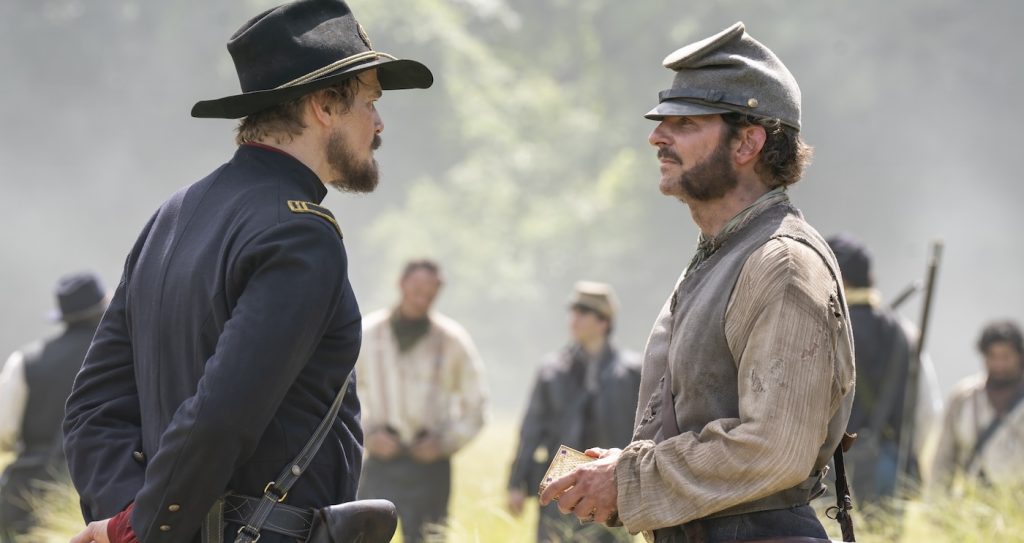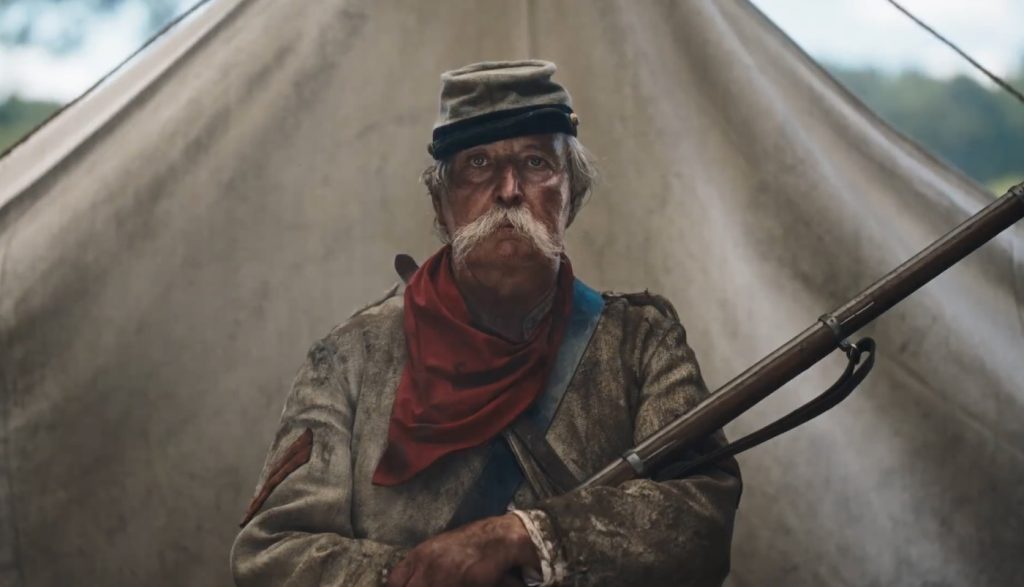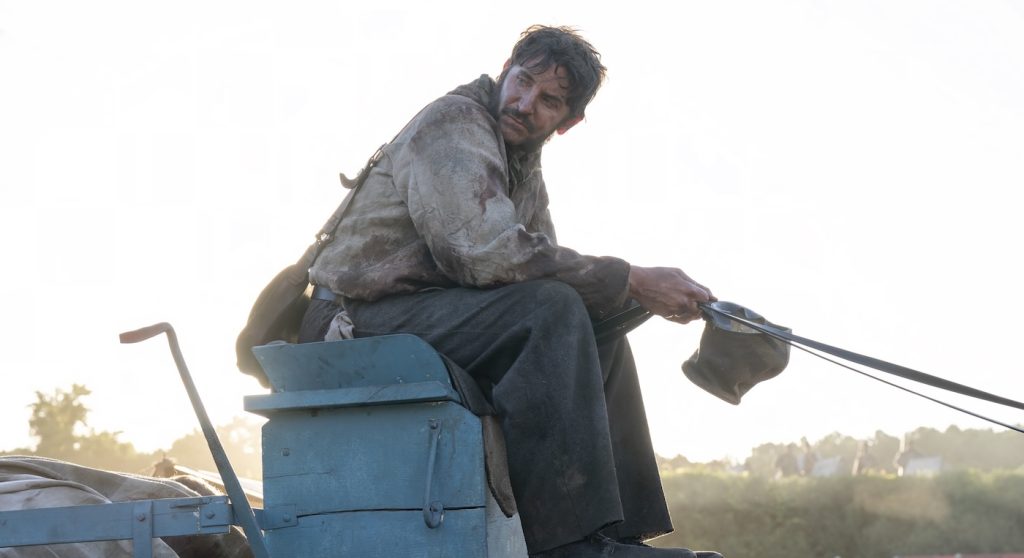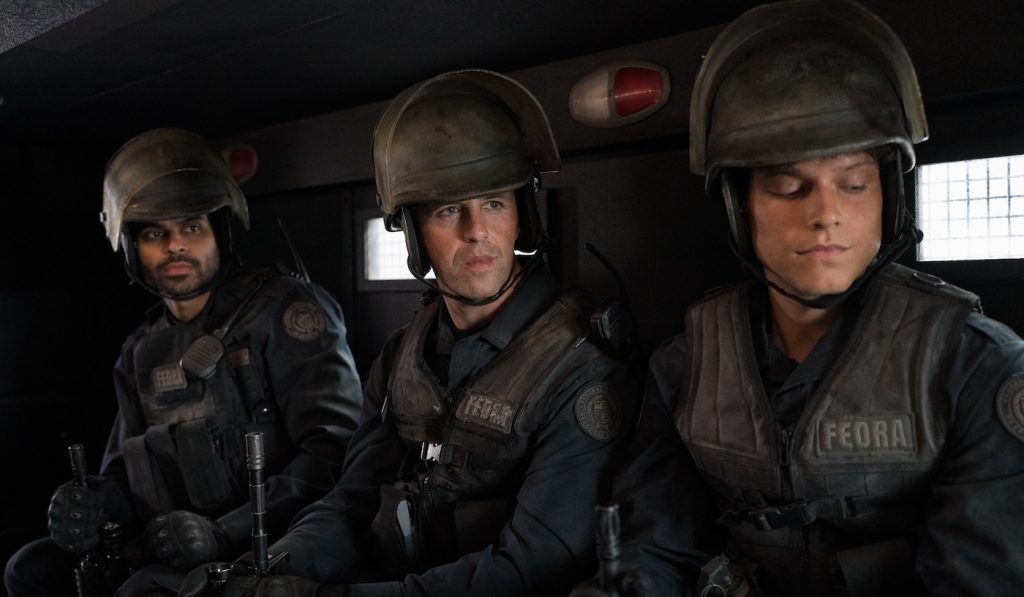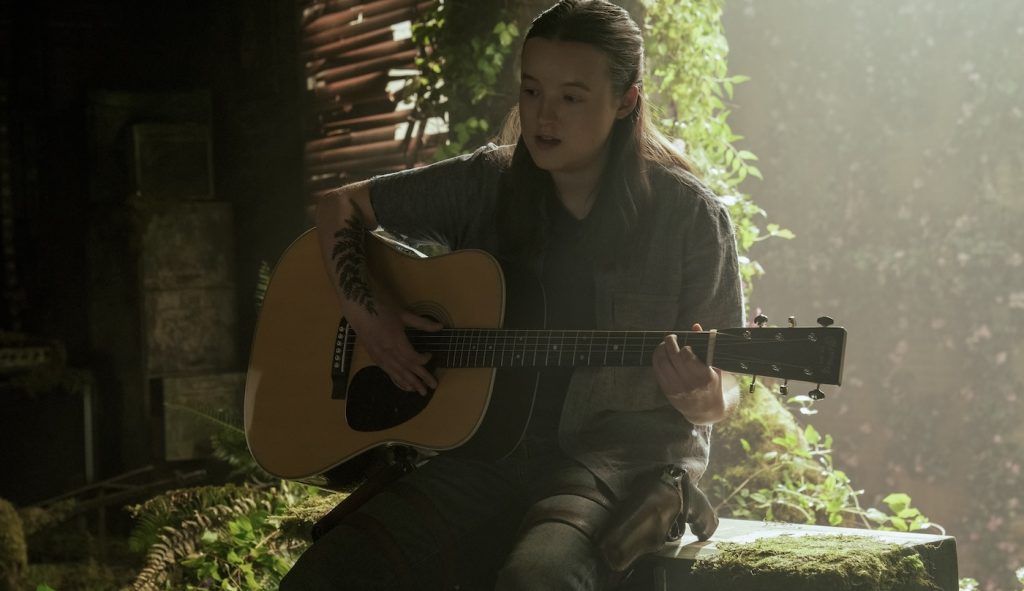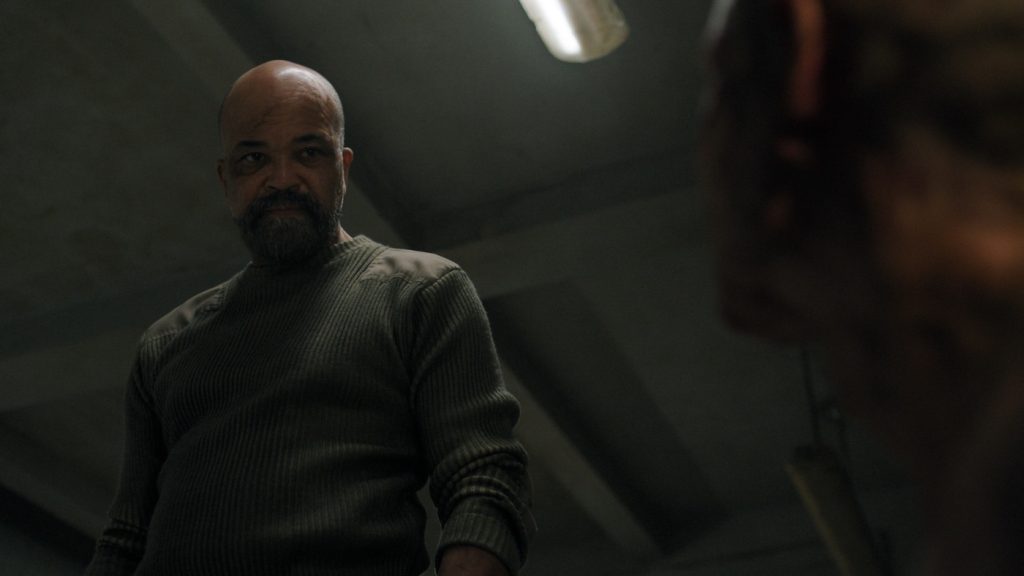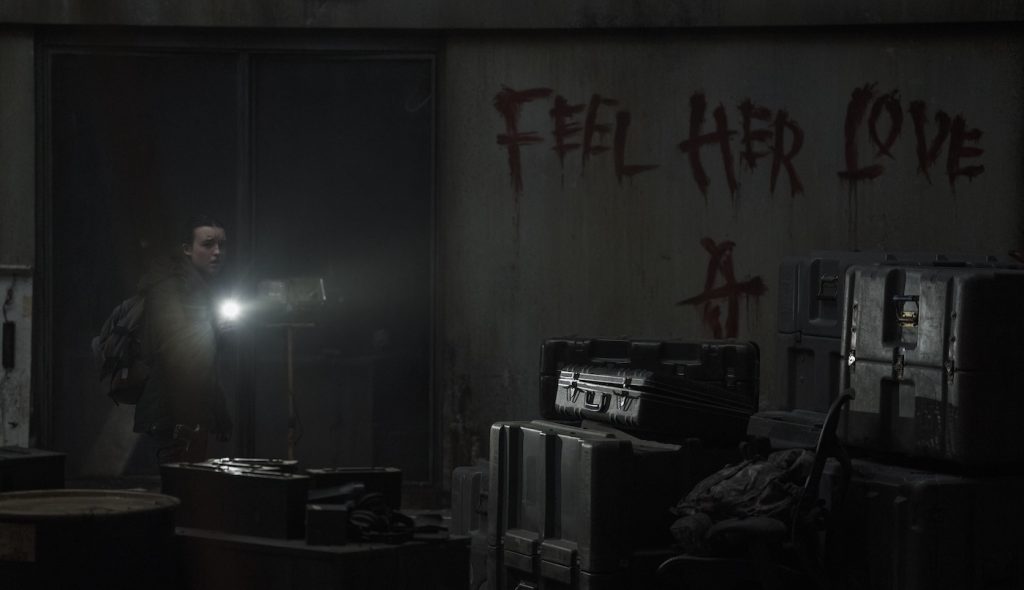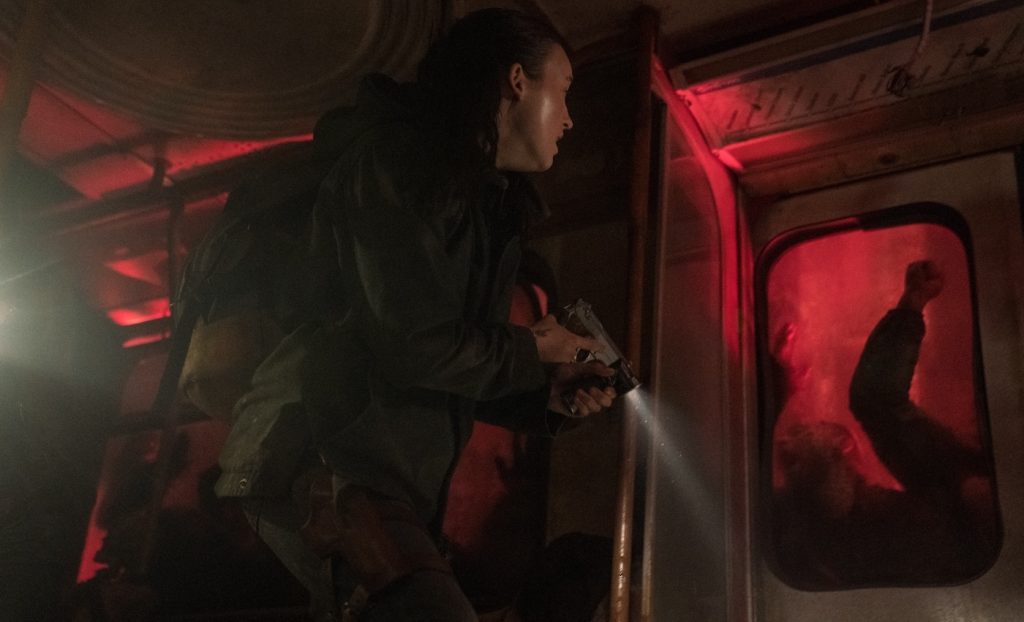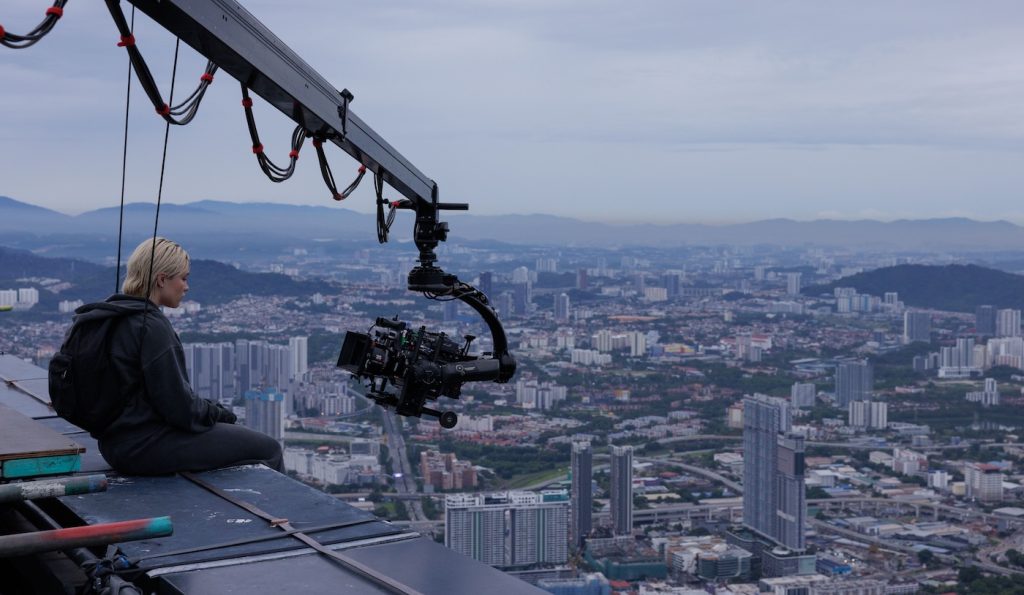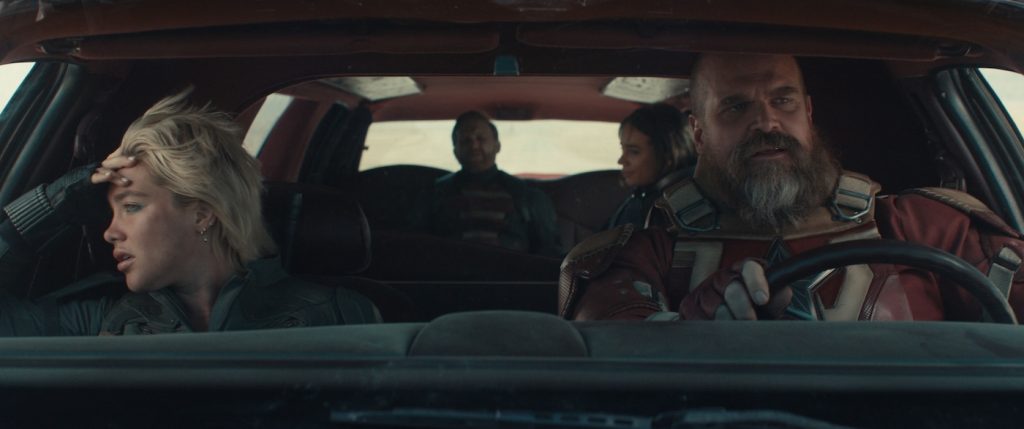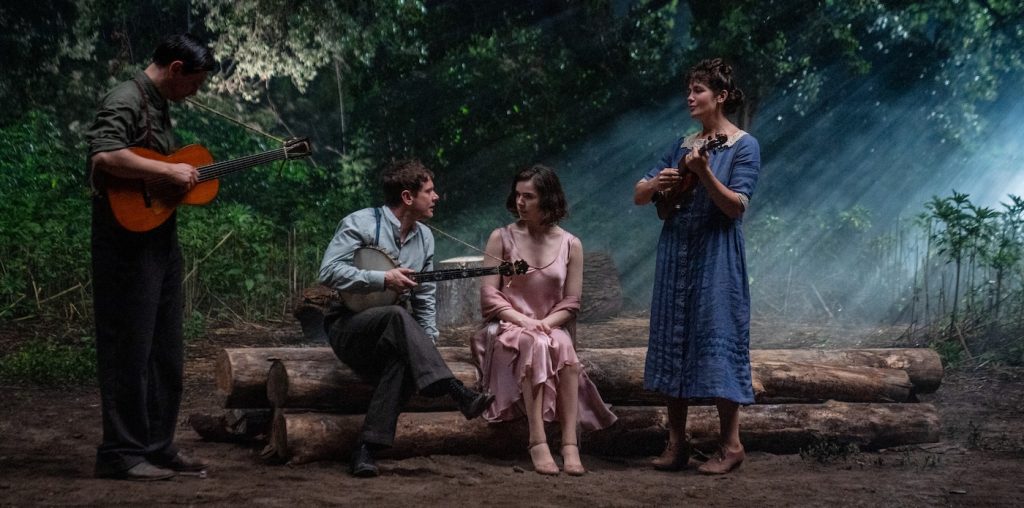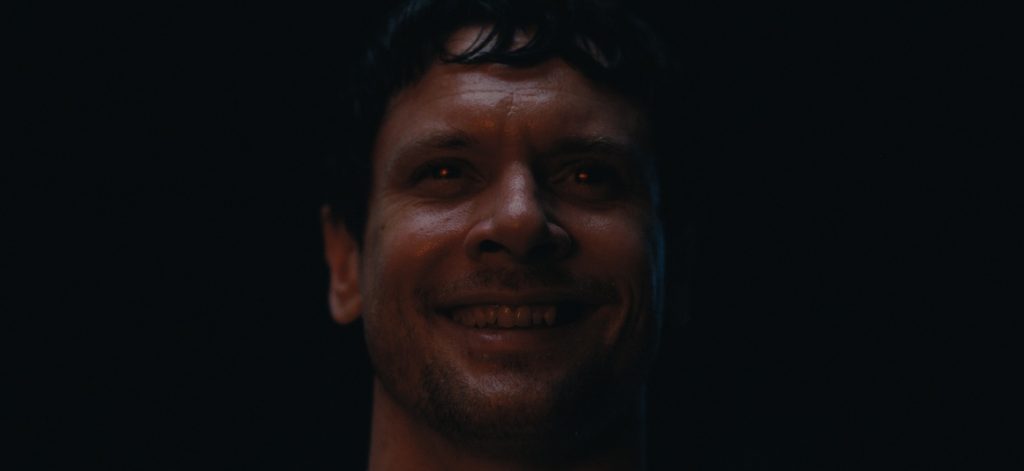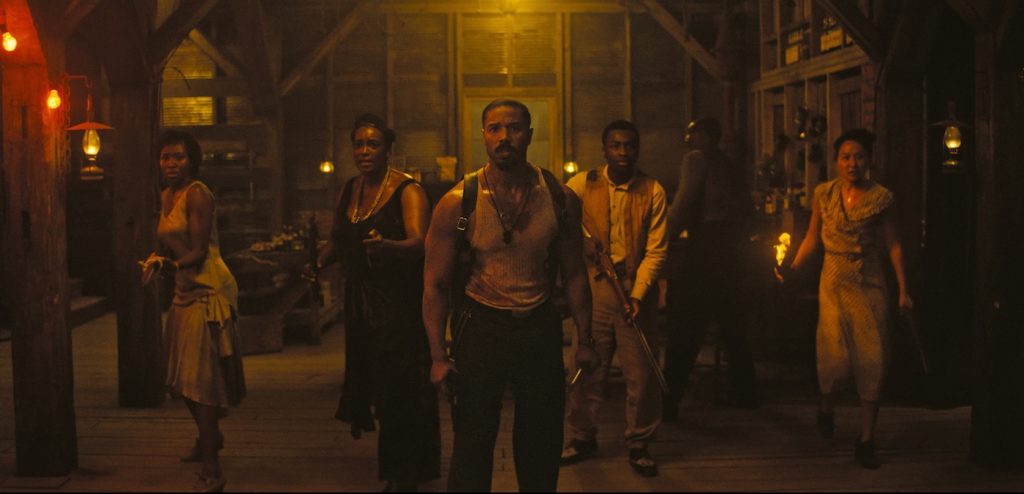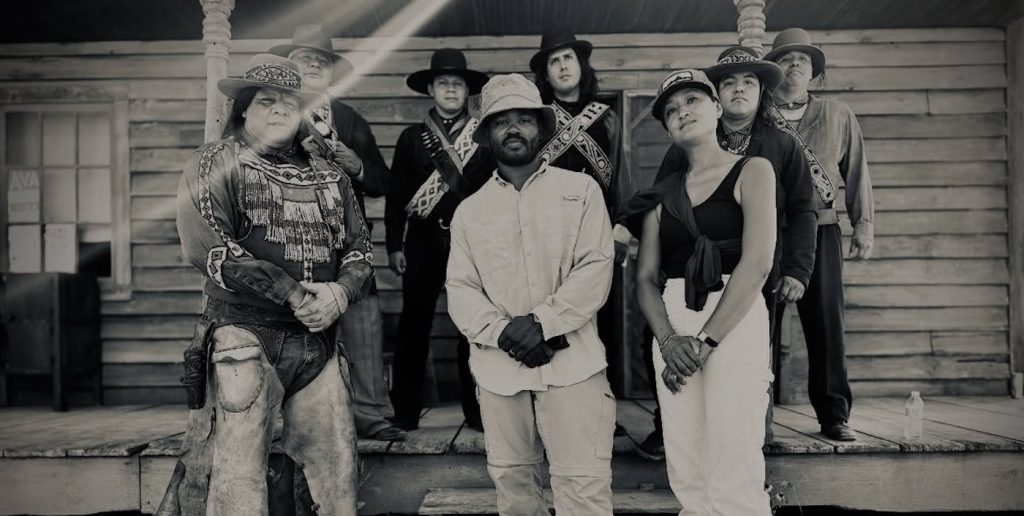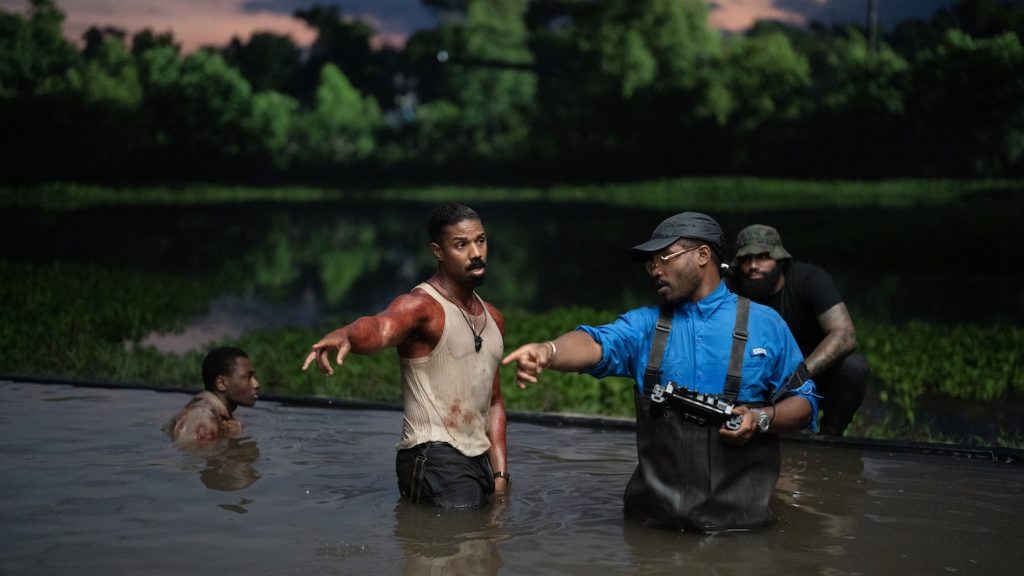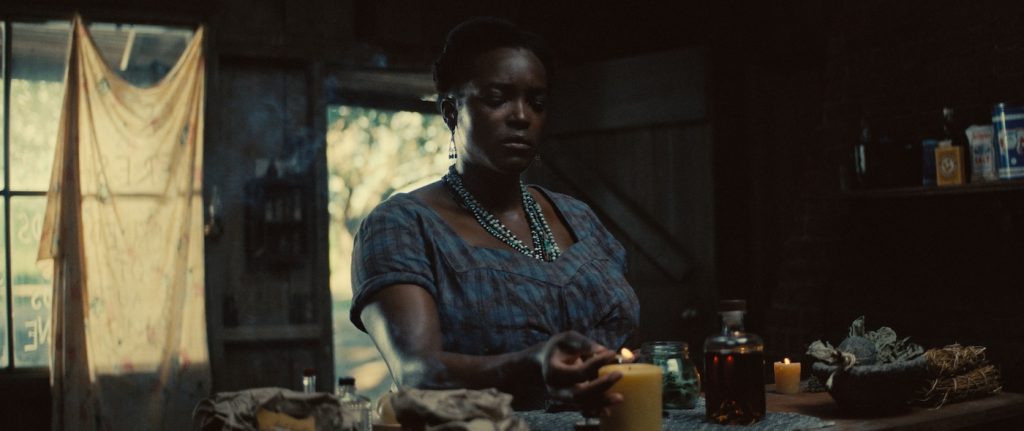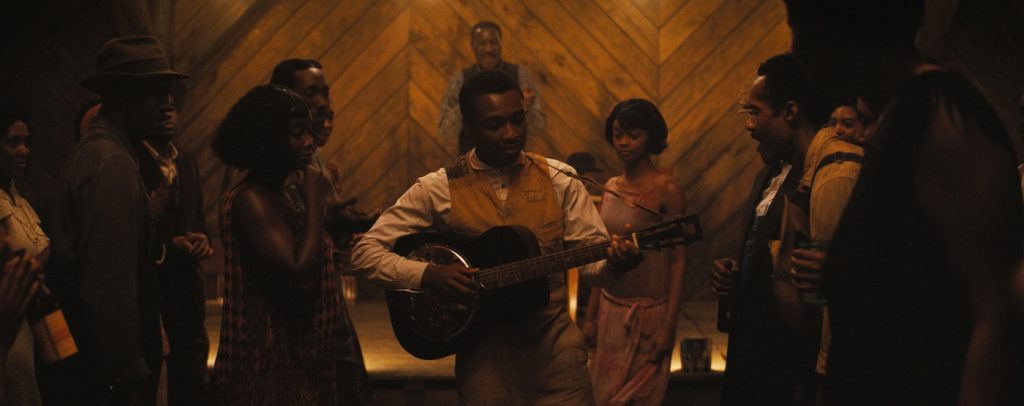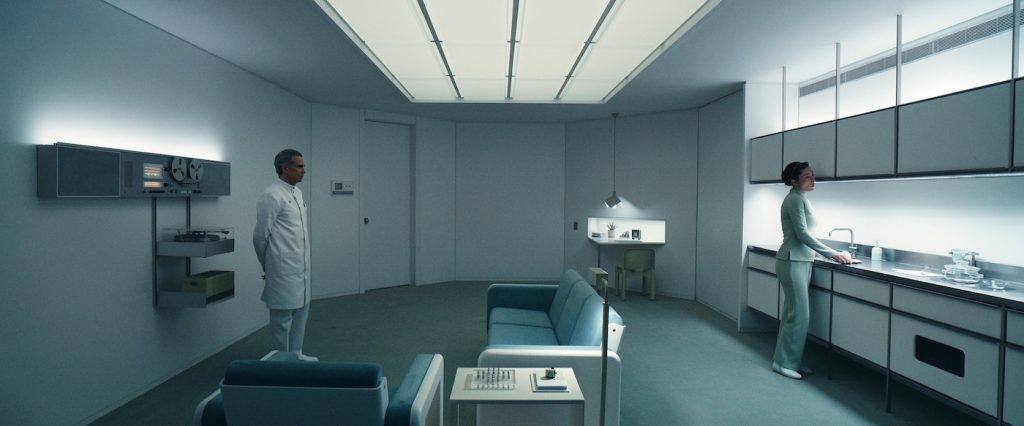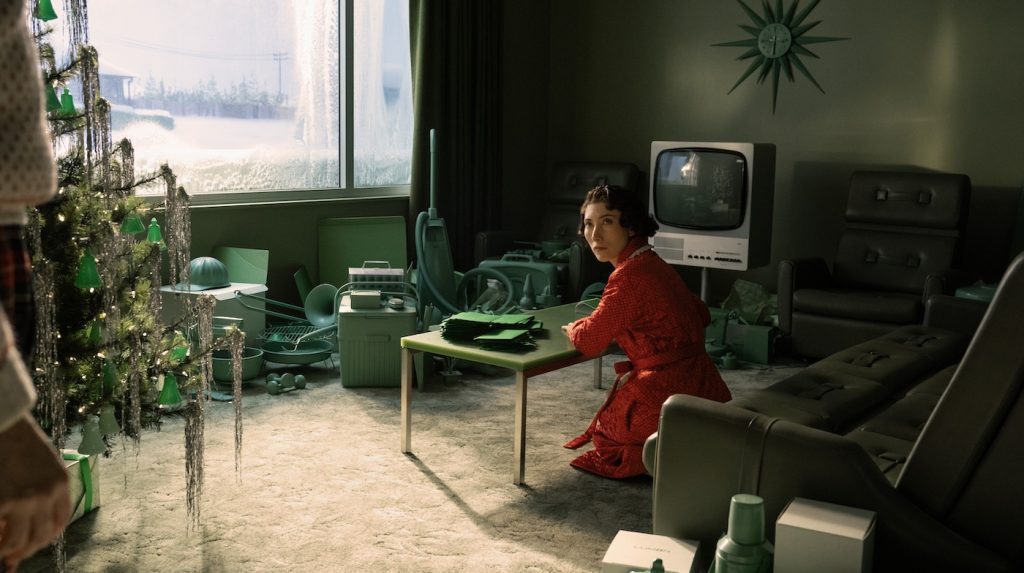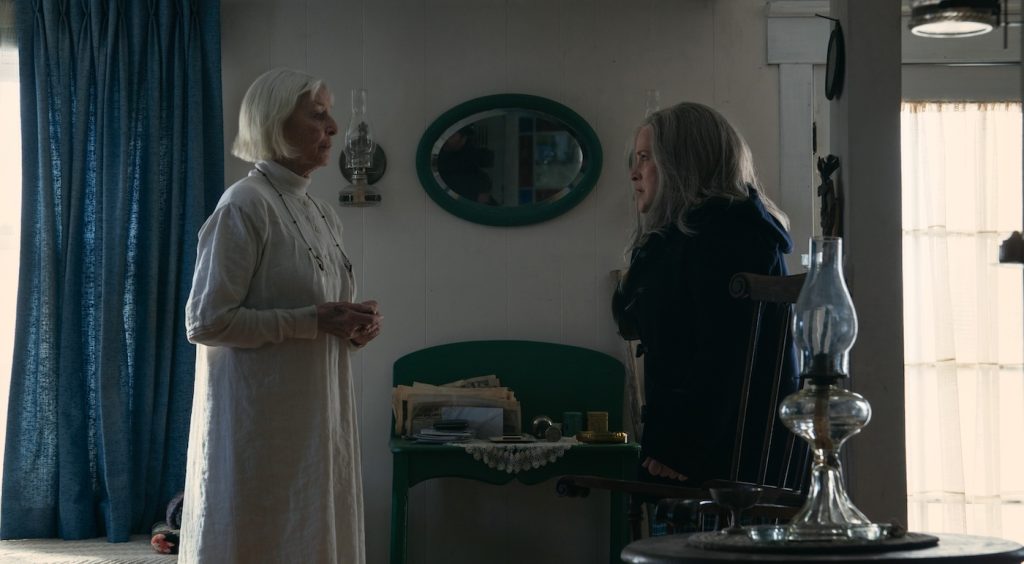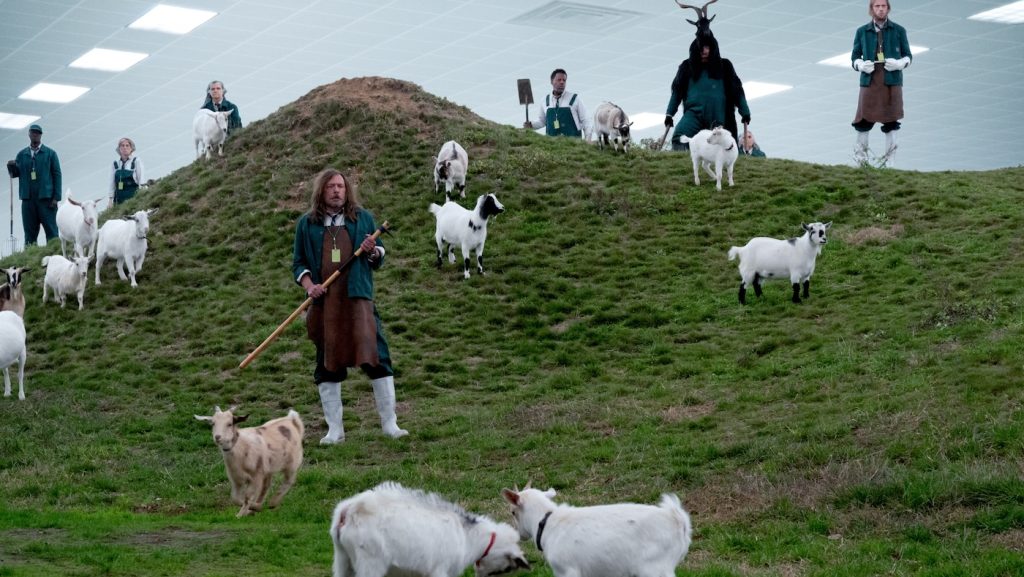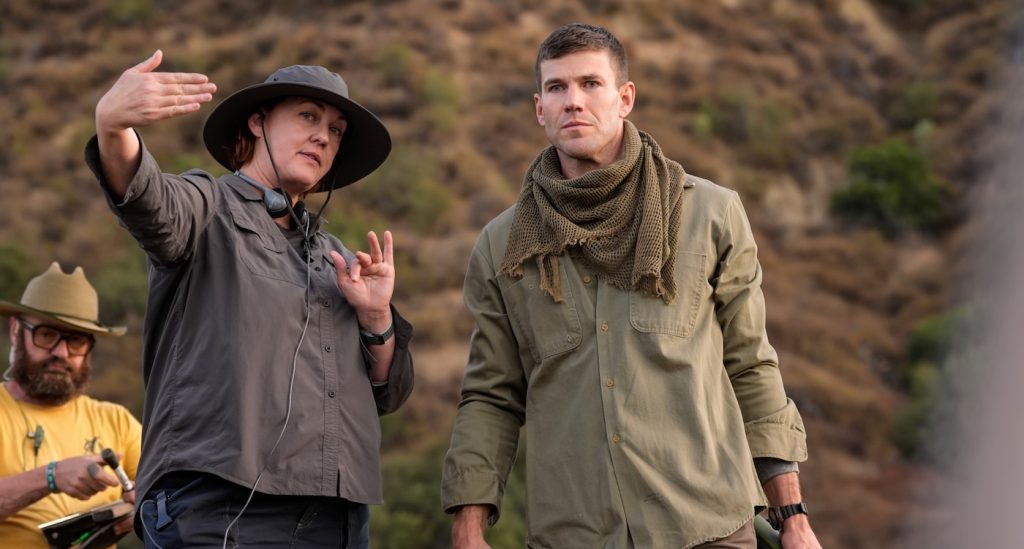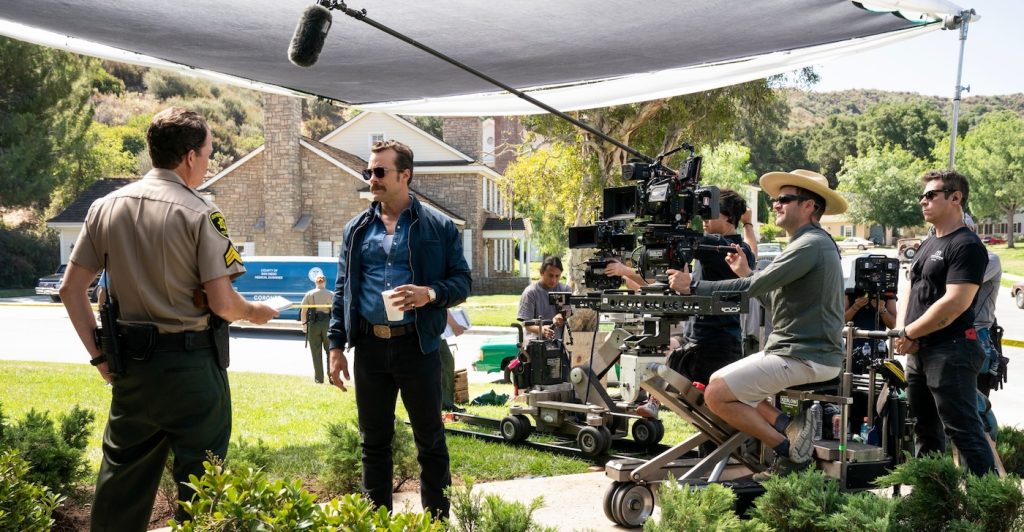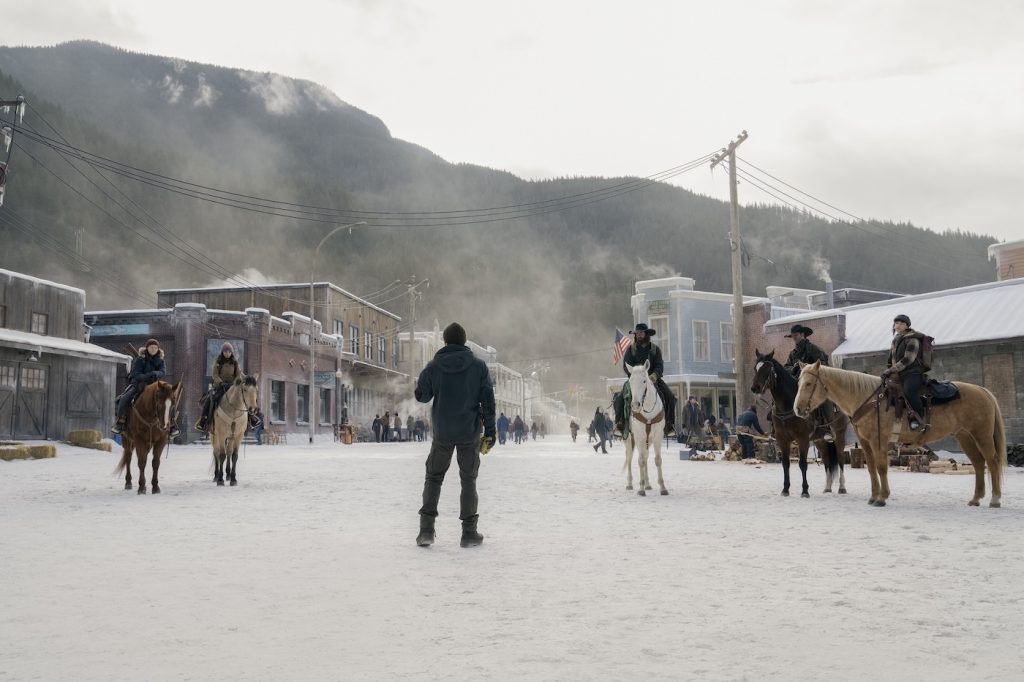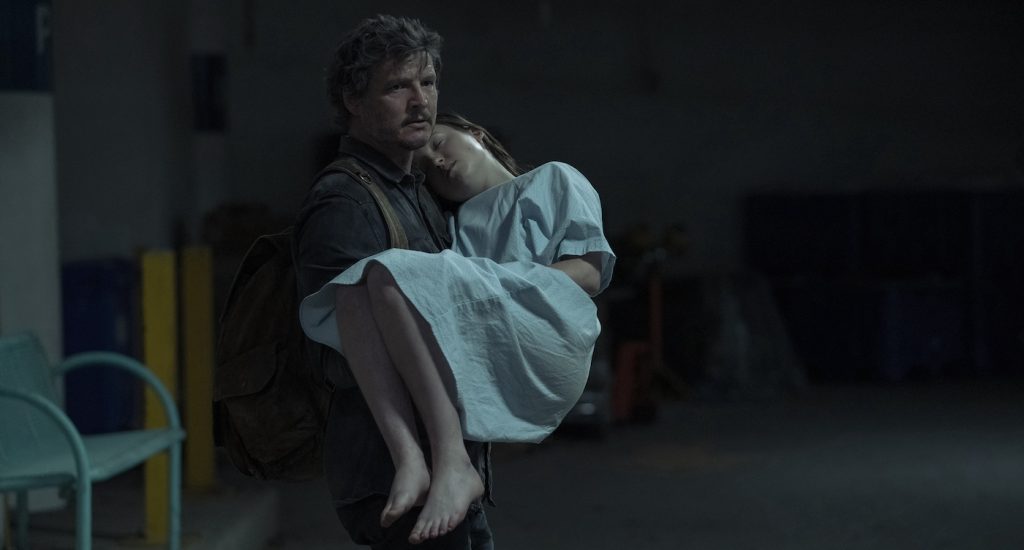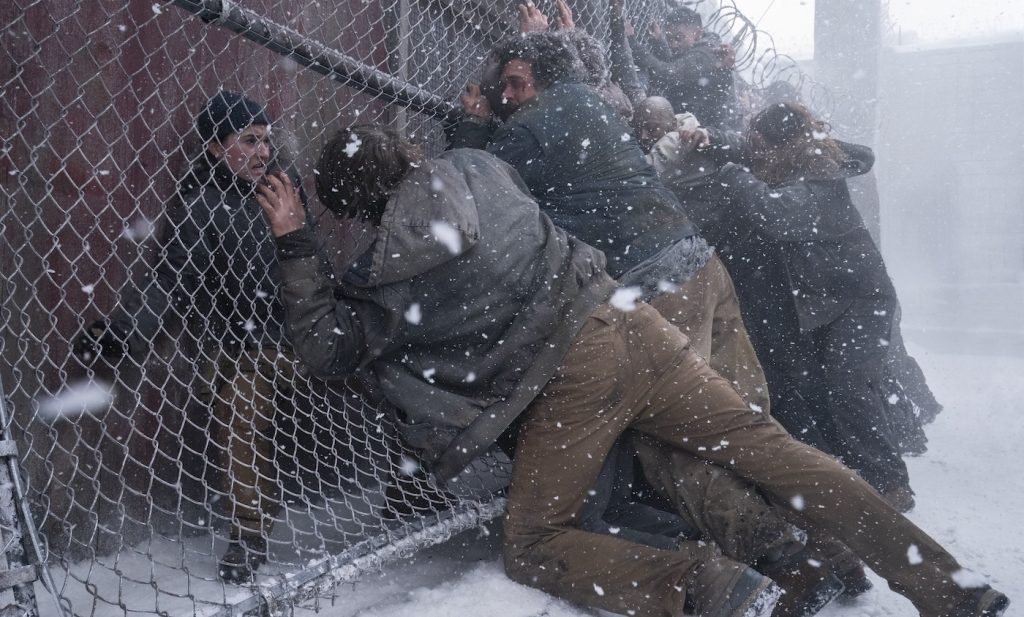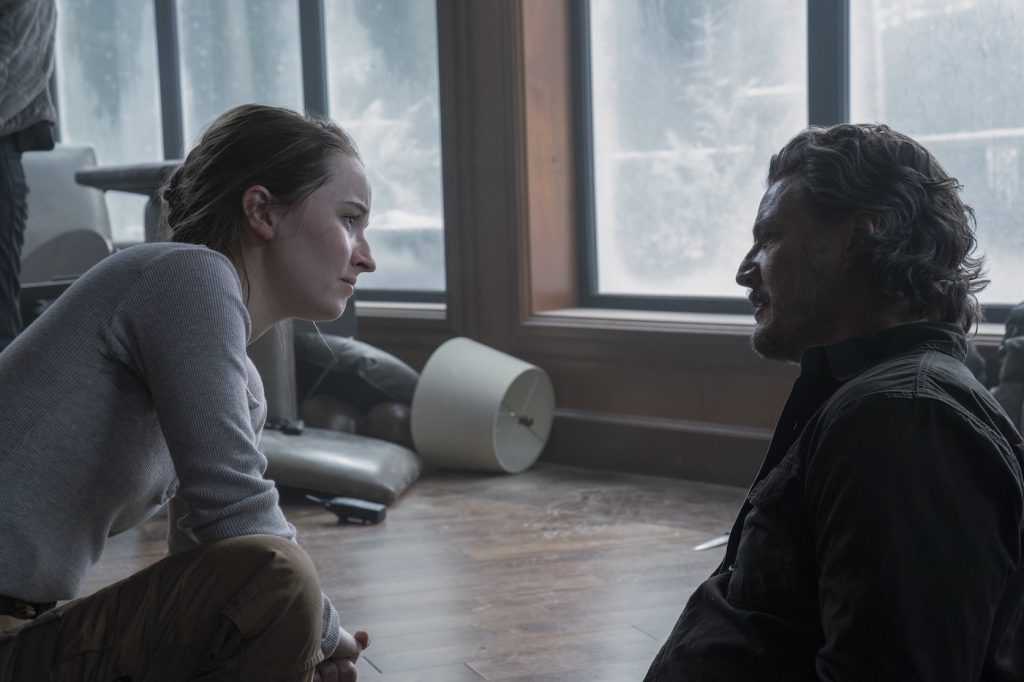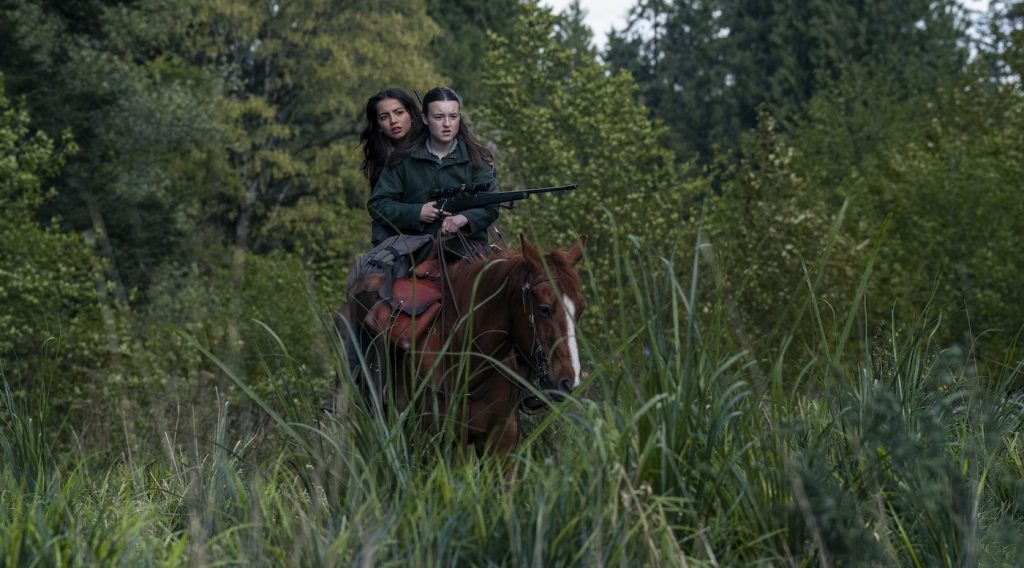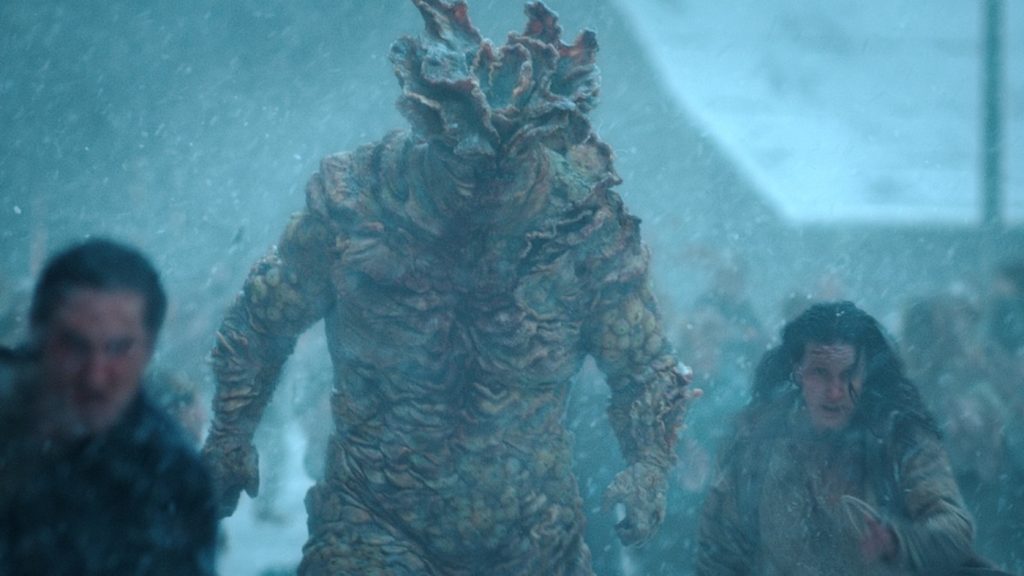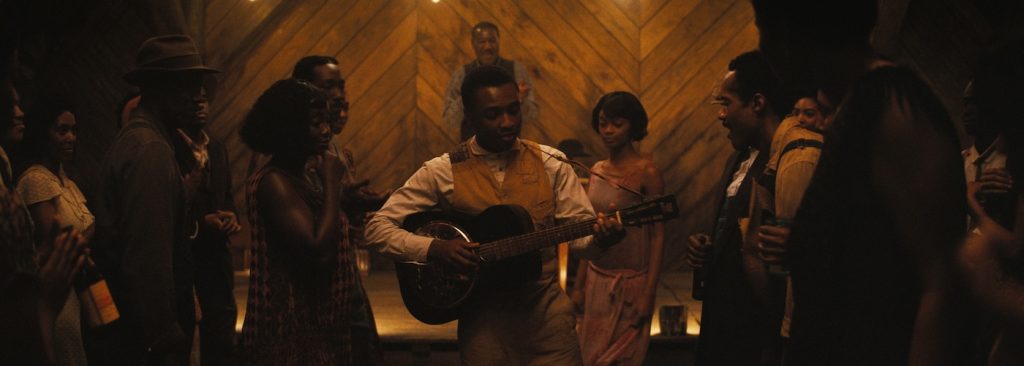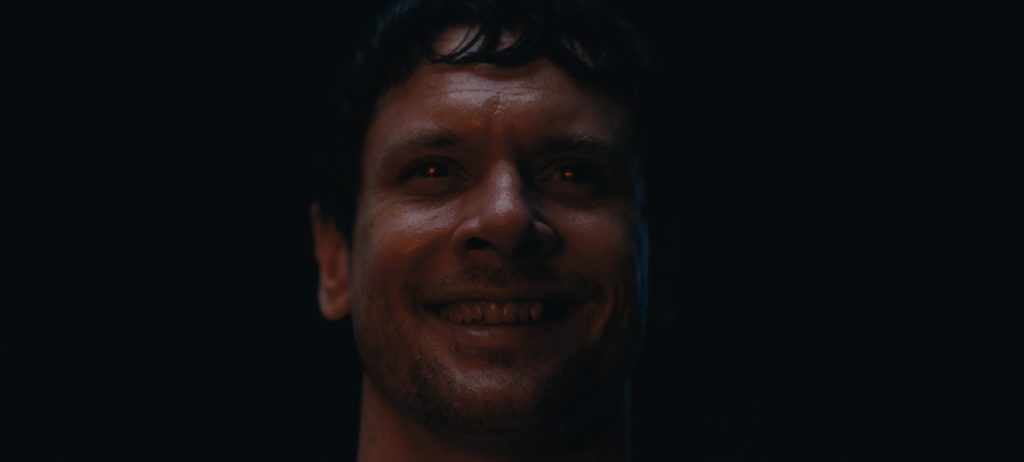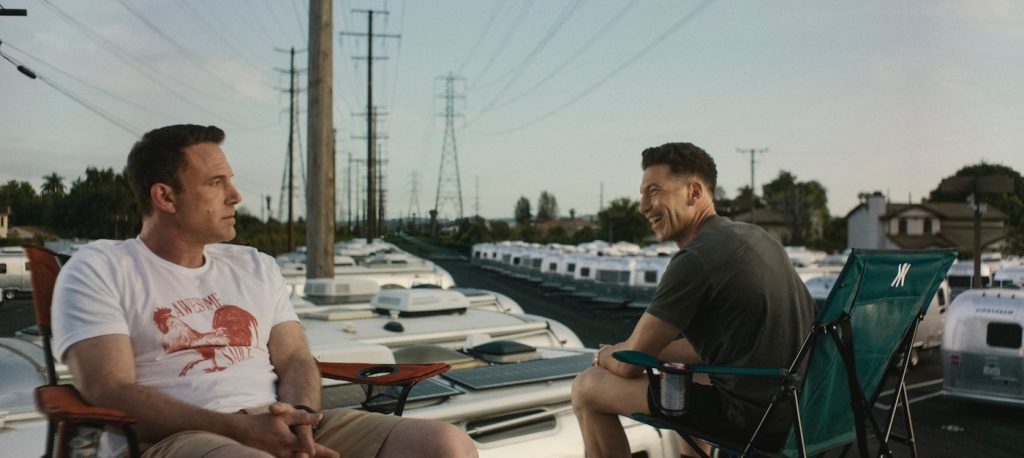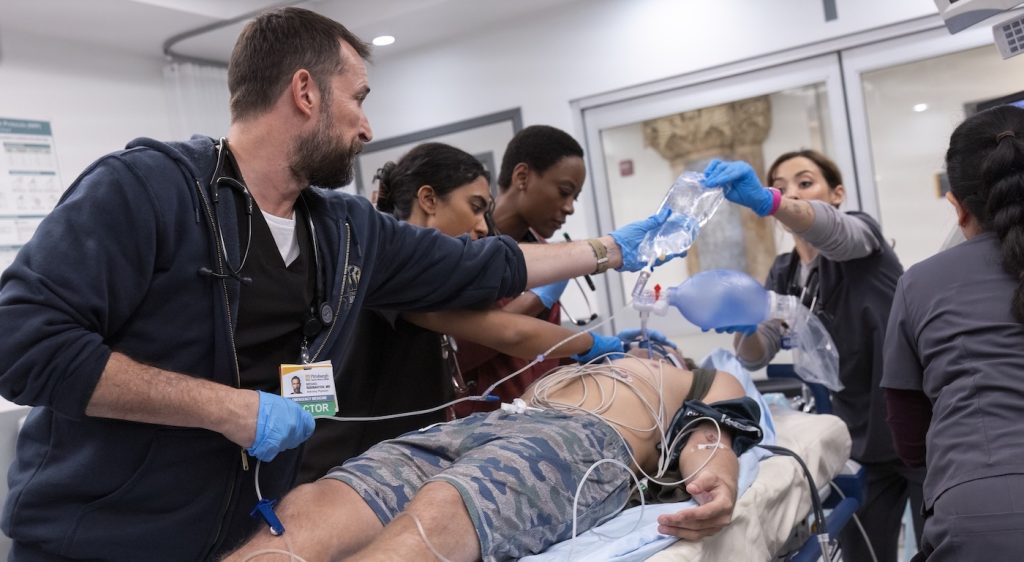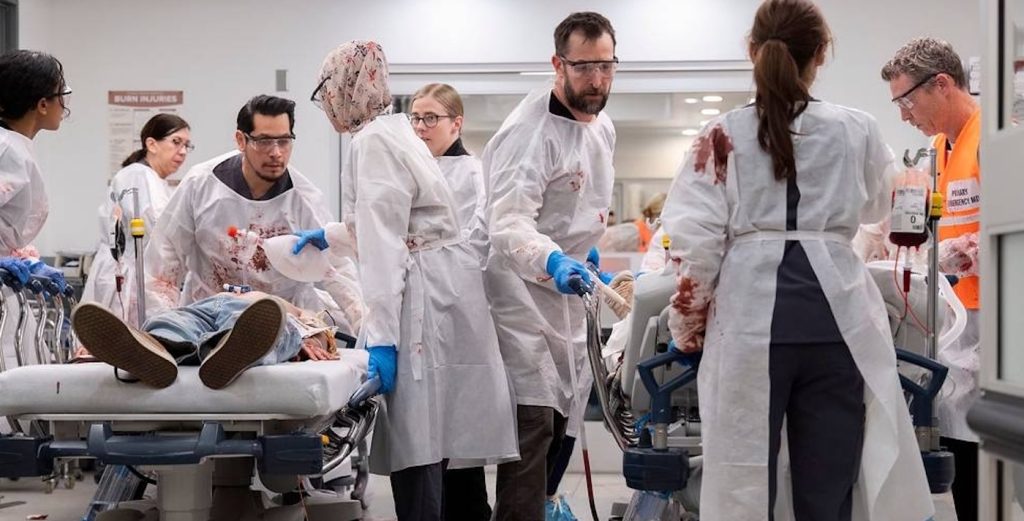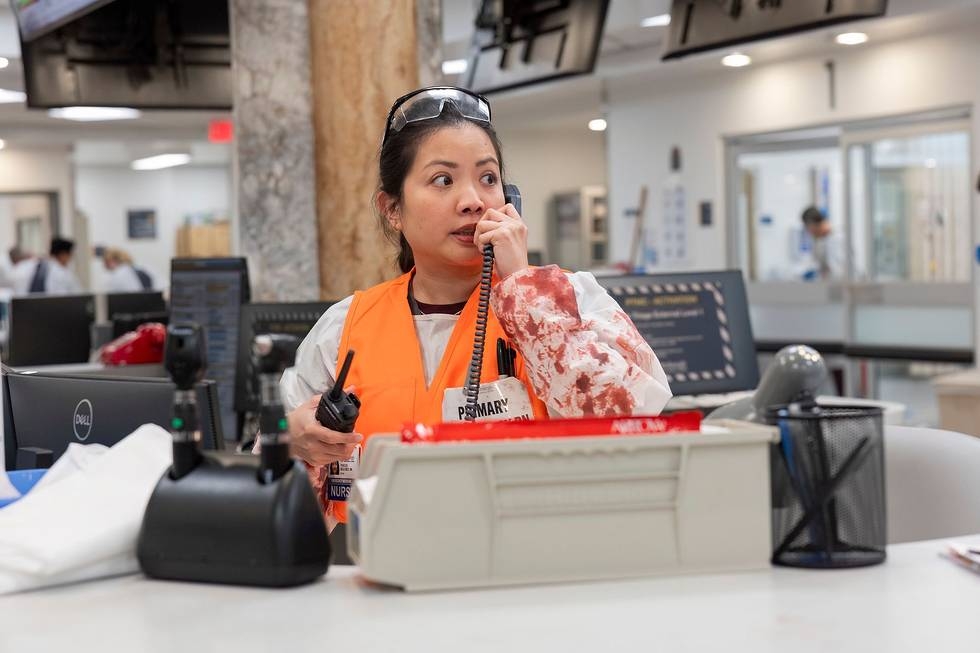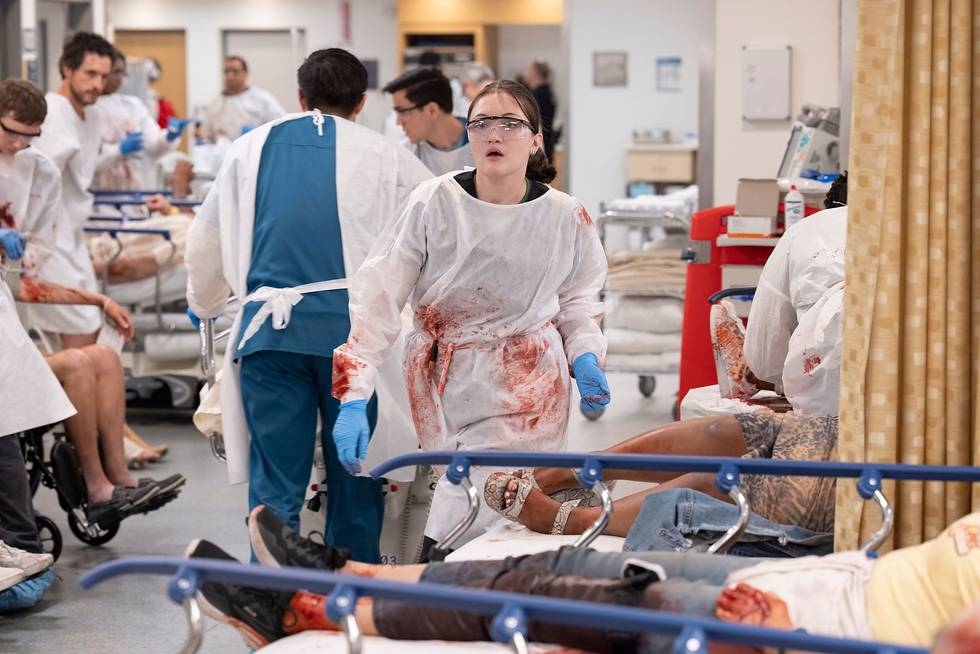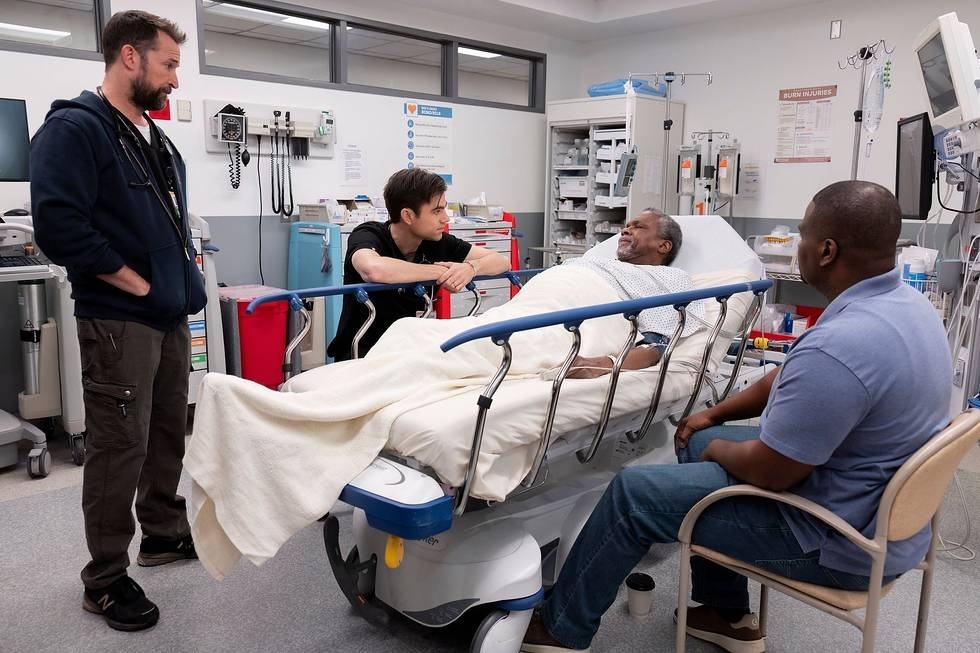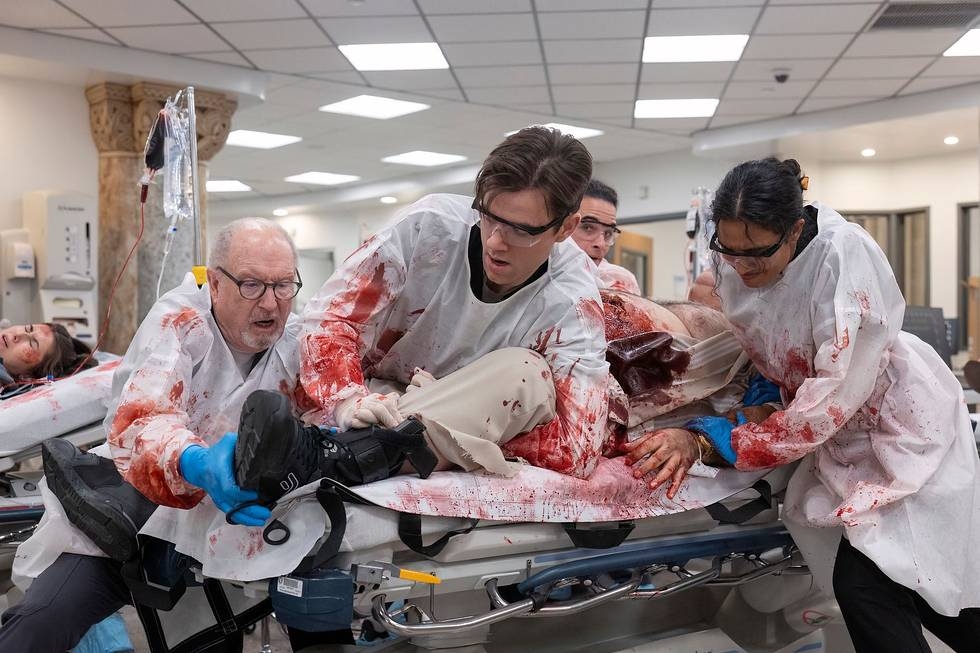Adapted from the classic romantic comedy of the same name, Tina Fey, Lang Fisher, and Tracey Wigfield‘s The Four Seasons is a contemporary take on a tale as middle-aged as time: the highs and lows of evolving friendships and relationships between friends who have reached the middle innings of life.
The original film was written and directed by Alan Alda and co-starred Alda and Carol Burnett, and it was one of 1981’s biggest box office hits. Reimagined as an eight-part series by executive producers and 30 Rock alums Fey, Fisher, and Wigfield, this version follows three married couples facing life’s inevitable challenges, including one very disruptive divorce, which impacts their tradition of seasonal weekend getaways. Currently streaming on Netflix, The Four Seasons boasts an ensemble cast led by our three couples: Fey as Kate, Will Forte as her husband, Jack, Steve Carell as Nick, Kerri Kenny as his soon-to-be ex-wife, Anne, Colman Domingo as Danny, and Marco Calvani as his husband, Claude.
Here, Fisher and Wigfield explain how Fey’s fandom of the film drew them into a shared vision, the secret weapon in their writers’ room, and why keeping it local paid dividends when filming in New York State and Puerto Rico.
When you take on an adaptation, I imagine you need a compelling reason why this story needs to be retold. What was your vision?
Wigfield: Lang and I were coming to the movie from a very different place than Tina. Tina loved the original film and has been a fan since she was 10 years old. Lang and I love Alan Alda, and I love Carol Burnett, but we had never seen the film. Tina, Lang, and I wanted to do a show. Tina was going to act in it, but we wanted to do something that was a departure from other hard comedies we have written before. We wanted to do something more grounded about real people, middle-aged friends who had been married for a long time, and Tina kept bringing up The Four Seasons. We finally watched it and were like, ‘This is such a great movie to make as a show because the structure lends itself to it.” The reason for ‘Why now?’ is that I think we all feel so much of the television we consume, even the comedies, are people screaming at each other. It’s intense and anxiety-producing, and we were leaning in towards a show that was cozy, where you could take a breath, and that feels human.
Fisher: There are a lot of nods to the movie for people who are fans. Tina took the lead on the most important stuff to her and her favorite parts from the film. We wanted to ensure the show still had drive, plot twists, and cliffhangers at the end of each episode, but that it was enjoyable to watch and gentle in a way we all might need right now. We were all in agreement on what we wanted it to look and sound like.
In addition to the original film, The Four Seasons has elements of other classic relationship movies from the 1980s and 90s, such as St Elmo’s Fire, The Big Chill, About Last Night, and Four Weddings and a Funeral. Did you look outside of the source material for inspiration?
Fisher: We certainly talked about The Big Chill. The idea was exciting to us, and it felt very nostalgic: a show for adults, a show that isn’t Euphoria, that is very decidedly for grown-ups about grown-ups having grown-up problems, but not depraved and sick.
Wigfield: The closest we came up with that was modern was an Alexander Payne film like Sideways.
What did you want to keep from the movie, and what did you want to bring in or change?
Fisher: We knew it would be too slight if we stuck to the original plot and stretched that out over eight episodes. We assembled this incredible writers’ room of people who are mostly this age, who have been in long marriages and had long friendships, and we tried to come up with real-world problems that real couples have. Everything is very human scale. We felt that a lot of the plot that we added was honest to the original film because it was relationship-driven. We were good about policing ourselves because a lot of us have these comedy backgrounds and have done outlandish comedies with big jokes and whatnot, and we were like, ‘This is the tone. These are the parameters of the tone.’ If we would pitch something that was too far out there, we would be like, ‘No, we’ve got to come back to what the vibe of the original film was.’
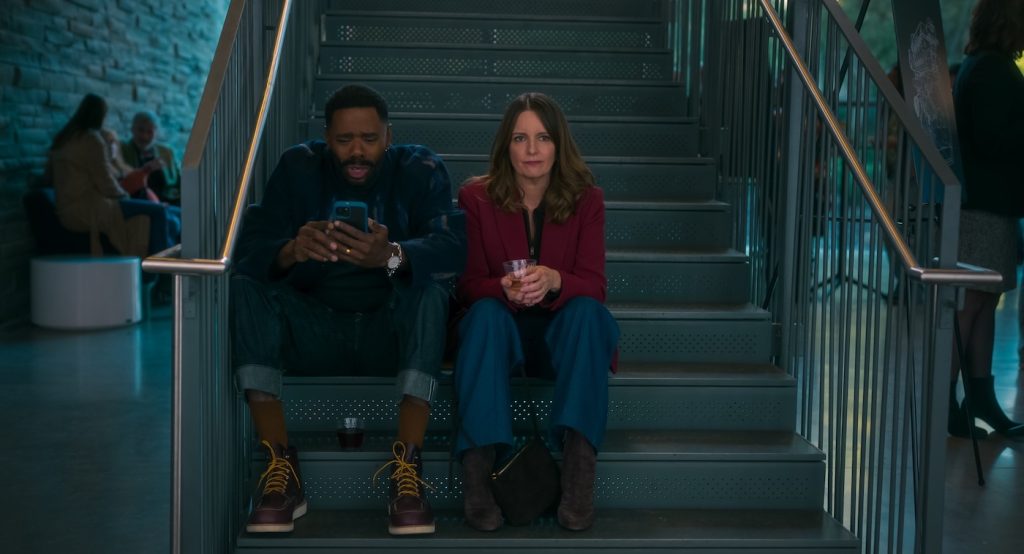
How did you find the locations? Did you tap into a lot of local expertise?
Wigfield: We had a great location manager, Matt Lamb, who we had worked with before on 30 Rock. It started in the room. Obviously, if you’re doing a show called The Four Seasons, you can’t shoot it in LA; it has to be in a place with real seasons, so we shot the majority of it in the Hudson Valley. It is such a beautiful spot, especially in fall, for highlighting the changes of the seasons. We shot it from September to December, but it was a warm September, so we shot Spring and relied on our production designer, Sharon Lomofsky, and our greens people to put in a bunch of flowers and make it look really springtimey. Rubber hit the road in winter, and Lang had a challenging task with the director of those two episodes because there wasn’t any snow. We achieved it through VFX, laying down snow blankets, and going back and getting pick-up ski shots in January. We filmed summer in Puerto Rico and shot there for two weeks, so that was the big location change.


What about the little record store that features in one of the episodes? Was that a real location?
Fisher: Yes, that record store is in Beacon, New York State, which is so charming and was like our home.
Wigfield: That’s where we all were staying. We were all in this one inn and Airbnbs, so it was like we were on vacation with friends. It was a really lovely experience shooting it.
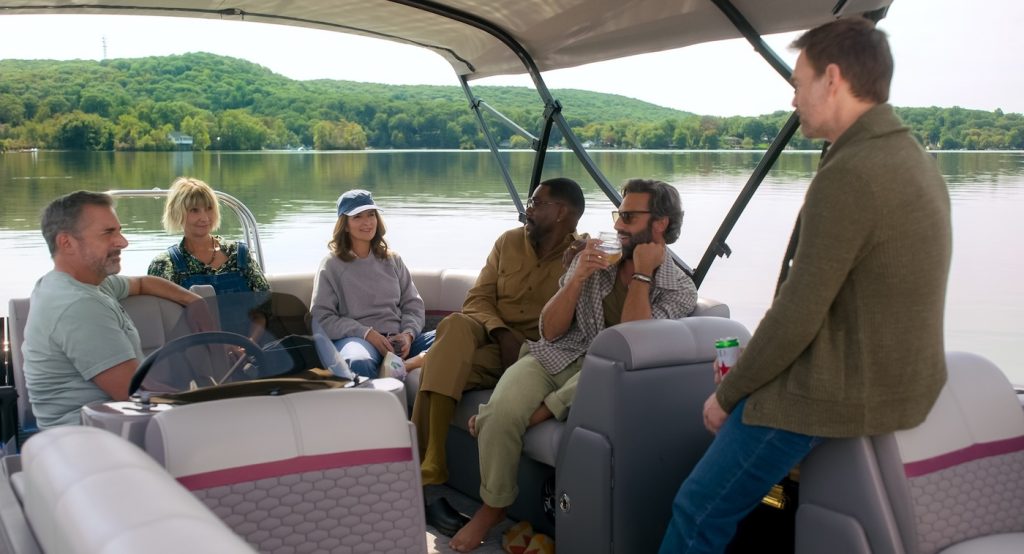
Was the local community welcoming? Do they get a lot of projects filming up there?
Wigfield: I think they were really excited. We were in the local Beacon newspaper, and it was like, ‘Tina Fey is here..’
Fisher: ‘…and she was nice to her waiter.’ A bunch of sound stages have been built up there because many people are shooting in that area now. People were excited, but they were getting used to it.
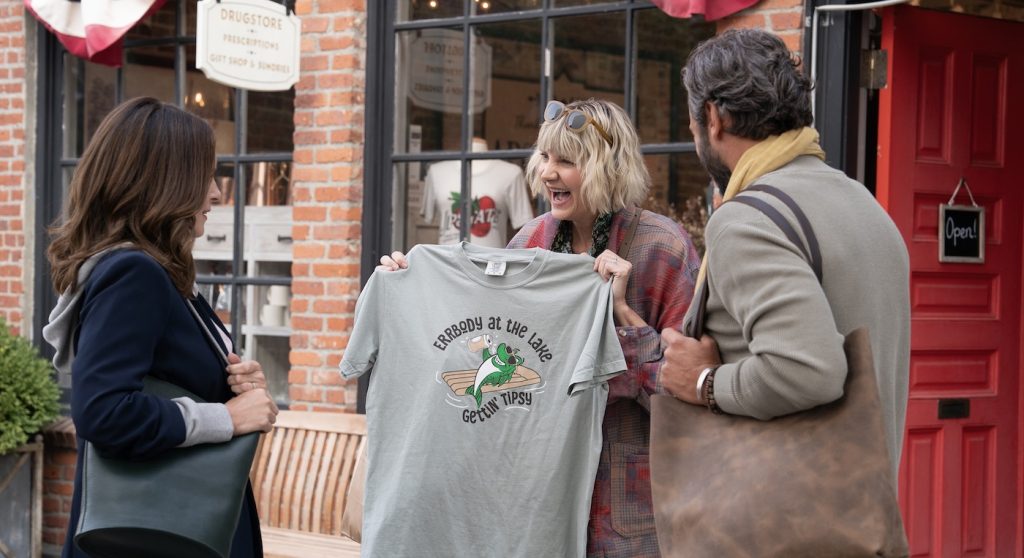
Local infrastructure is incredibly important for authenticity. Did you access much local talent in New York State and Puerto Rico?
Wigfield: Yes, and it did help a lot. We were open creatively in terms of summer. We were saying, ‘We wanted to have a fun beach vacation,’ and we left it up to Jerry DiCanio at Universal. Bill Sell, our line producer, worked with local producers in Puerto Rico and other places we looked into. Puerto Rico was chosen because it’s great to shoot there. They have really great crews. Ours was incredible, and they were such pros. It’s hard, and it’s hot. We were shooting outside all day, and it was buggy, too.
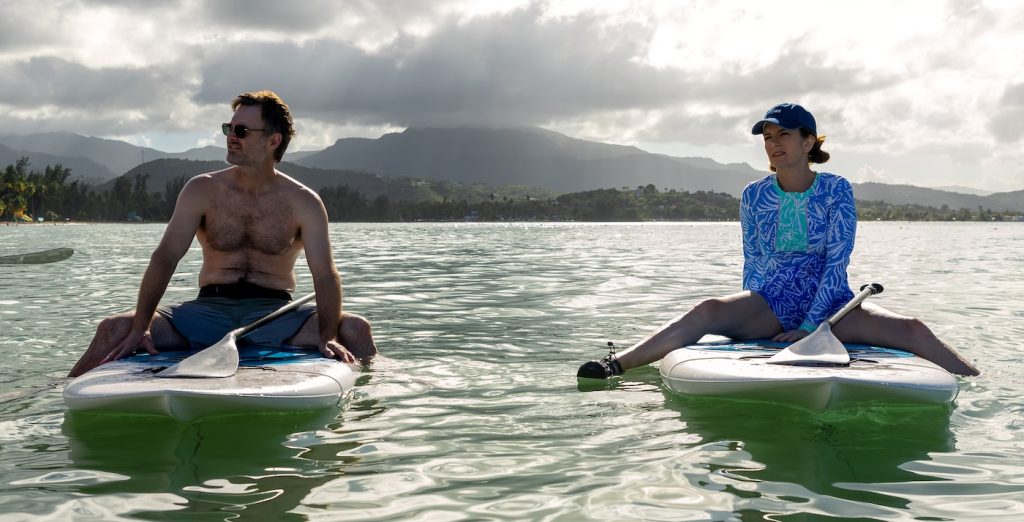
Fisher: They know the landscape. When a giant storm cloud would come in, we’d be like, ‘Oh, we’ve got to cancel the day,’ and they were like, ‘No. Five minutes and it will be over,’ and then it would pass. It was the same for the Hudson Valley. We had a lot of local crew there, too, and it makes such a difference, especially if you’re setting your show in these places. It makes it more authentic to use the people who live there.
The Four Seasons has an incredible ensemble cast. How much did having Tina Fey involved help?
Wigfield: That was something Lang and I felt from the very beginning. We’ve both created shows before, and you’re a salesman to everyone: the studio, the network, and every actor you beg to be on it, and no one says yes. There is no friction with Tina from the beginning. The studio and the network really understood this was a special project, and she was passionate about it. They were so supportive from the very beginning, but it’s really great to create something with her. Coleman Domingo is not signing on for Lang and me. So many people who were incredible, and who we wouldn’t have gotten on our own, wanted to be part of the show.
The Four Seasons is streaming now on Netflix.
For more big titles on Netflix, check these out:
End Game: “Squid Game” Season 3 Trailer Teases Final Reckoning
Not Playing Games: “Squid Game” Star Lee Jung-jae on Gi-hun’s Transformation in Final Seasons
“Wednesday” Season 2 Trailer Finds the Return of Jenna Ortega’s Precocious Psychic
Game Changer: “Squid Game” Creator Hwang Dong-hyuk on his Audacious Ambitions for Seasons 2 & 3
Featured image: THE FOUR SEASONS. (L to R) Marco Calvani as Claude, Colman Domingo as Danny, Tina Fey as Kate, and Will Forte as Jack in Episode 106 of The Four Seasons. Cr. JON PACK/Netflix © 2024



